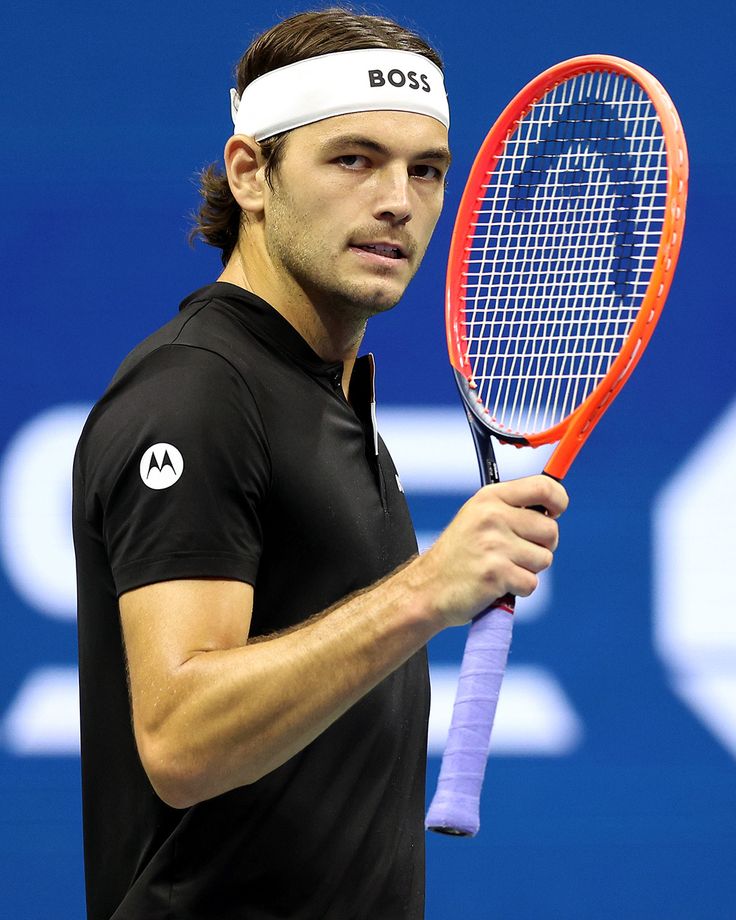“Naomi Osaka’s Journey: From Tennis Prodigy to Global Icon”
Early Life and Introduction to Tennis
Naomi Osaka’s journey began in a household that blended Japanese and Haitian cultures. At the age of three, her family moved from Japan to Long Island, New York, to live with her father’s parents, immersing Naomi in a mix of Creole, Japanese, and American influences. Inspired by Richard Williams, the father of tennis legends Serena and Venus Williams, Leonard François introduced Naomi and her older sister, Mari, to tennis when Naomi was just three years old. The family’s move to Bro word County, Florida, in 2006 gave them access to high-level training facilities, where Naomi honed her skills on public courts during the day and studied at home at night.
Her father’s unconventional approach—not participating in junior tournaments and having her compete against older players—paved the way for her rapid development. At the age of 14, Naomi played her first professional qualifying match, and at the age of 16, she turned professional in 2013, and made her WTA Tour debut in 2014 defeating former US Open champion Samantha Stosur. Her powerful serve, 125 mph speed, and aggressive playing style soon established her as a rising star.
Rise to Tennis Stardom
Osaka’s breakthrough came in 2018 when she won her first WTA title at the Indian Wells Open, a significant achievement that demonstrated her ability to compete at the highest level. Later that year, she made history by defeating her idol Serena Williams in a controversial US Open final, becoming the first Japanese player to win a Grand Slam singles title. The win brought her global fame and demonstrated her ability to perform under pressure. In 2019, she solidified her dominance by winning the Australian Open, becoming the first Asian player to reach the world No. 1 ranking in women’s singles, a position she held for 25 weeks.
Osaka won two more Grand Slams—the 2020 US Open and the 2021 Australian Open—making her one of only 16 women to win four or more majors in the Open Era. Despite several setbacks, including maternity leave in 2023 and a return to competition in 2024, Osaka’s 2025 season showed her resilience, including notable performances such as reaching the US Open quarterfinals and defeating Coco Gauff.
Cultural and Personal Identity
Osaka’s multicultural background—Japanese, Haitian, and American—has been the basis of her identity and appeal. Raised in the U.S. but representing Japan, Osaka has a unique cultural identity and proudly embraces both heritages. Her decision to represent Japan, due to her parents’ emphasis on her Japanese upbringing and her initial lack of support from the U.S. Tennis Association, left a deep mark in Japan and she became a national icon.
Her multicultural identity has also made her a symbol of diversity in a sport that has historically been dominated by players from Europe and the United States. Osaka’s ability to connect with a global audience through her heritage and her Generation Z sensibility—evident in her love of Pokémon, Harry Potter, and social media—has broadened her appeal and made her a relatable figure for young fans.
Activism and Mental Health Advocacy
Beyond her athletic accomplishments, Osaka has emerged as a powerful voice for social justice and mental health. In 2020, she temporarily withdrew from the Western & Southern Open to support Black Lives Matter protests and during the US Open, she wore a face mask honoring African Americans killed by police, sparking a global discussion about racial injustice. Her openness about her mental health struggles, particularly after she withdrew from the 2021 French Open due to anxiety and depression, challenged the stigma surrounding mental health in sports.
Despite facing criticism and fines, Osaka’s decision to prioritize her well-being inspired other athletes to speak out and reshaped the way the sports world approaches mental health. Her return to therapy in 2022 and her candid discussions about her struggles have made her a beacon for those struggling with similar challenges emphasizing the importance of vulnerability and self-care.
Business Ventures and Marketability
Osaka’s influence extends to the business world, where she has leveraged her fame to become one of the most marketable athletes globally. In 2020, she became the highest-paid female athlete in history, earning more than $37 million from endorsements and prize money. Her partnerships with brands such as Nike, Louis Vuitton, Yonex, and TAG Heuer reflect her status as a style icon and cultural influencer. She founded Hana Kuma, a media company that produces projects such as KINLo a skincare line for melted skin, and Julie Keeps Quiet, a documentary and film about her return to tennis.
In 2022, she co-founded Evolve, a sports agency representing top athletes such as Aryna Sabalenka. These ventures demonstrate her entrepreneurial acumen and commitment to authenticity, as her businesses are in line with her personal values and experiences. His fashion collaborations, including with Nike and Adeam highlight his passion for style, further cementing his status as a global brand.
Share this content:




Post Comment